Thinking of February in September
 My favourite month this year was February. My cat, Cinnamon, and I spent the month in Heeru village, a true hamlet tucked in the Dhauladhar Range, and a 10 minute walk from Mcleodganj. Although our arrival was marked by rain and icy weather, the little house we were given to stay in was warm, cozy, and well stocked. The cheerful caretaker answered all my questions about the house, and later brought me the most delicious gobi paratha for dinner. I went to bed at 8 that night. In fact, I tended to be in bed at around 9 nearly every night during my stay there.
My favourite month this year was February. My cat, Cinnamon, and I spent the month in Heeru village, a true hamlet tucked in the Dhauladhar Range, and a 10 minute walk from Mcleodganj. Although our arrival was marked by rain and icy weather, the little house we were given to stay in was warm, cozy, and well stocked. The cheerful caretaker answered all my questions about the house, and later brought me the most delicious gobi paratha for dinner. I went to bed at 8 that night. In fact, I tended to be in bed at around 9 nearly every night during my stay there.
Naturally, my mornings began at dawn when I’d find Cinnamon playing with green chillies that he’d pawed out of the kitchen while I’d been snuggled in my warm bed. Wiping the sleep out of my eyes, I’d make myself something hot to drink in the kitchenette, before climbing back into bed to watch the landscape outside my window transform from one Bireswar Sen painting into another. Since I’d been telecommuting as an editor for nearly 2 years, my work life remained unchanged. The only difference was that coffee breaks and lunch time were far more rejuvenating than they’d ever been while in my Delhi apartment.
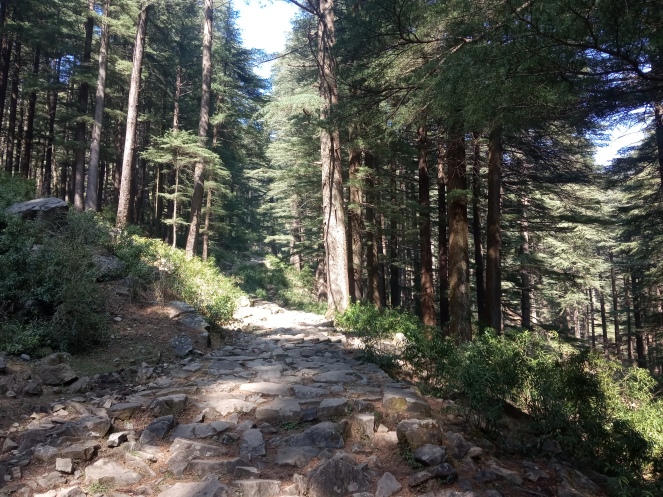
In the evenings, depending on my mood (and the weather), I’d trek up the mountainside to Mcleodganj, warily looking out for monkeys that might be sitting among the pine trees. Sometimes I’d buy regular groceries of sourdough bread, vegetables, fruit, honey, canned tuna, and rice. Other times, I’d wander into a Tibetan shop and chat with the shopkeeper about the fascinating ingredients; often times, I’d walk away with both ingredients and new recipes. For dinner, I’d either stop at one of the tiny momo stalls or walk back down to the Illiterati café, which was halfway between Mcleodganj and Heeru village. Of course there were evenings when I’d feel like staying home and fixing my own dinner, with appropriate music playing in the background 🙂

My Saturdays, I looked forward to most! Not just because they provided respite from a busy work week, but also because I had an entire day to explore a neighbouring village. I have happy memories of packing myself a picnic to enjoy by a gurgling stream in a valley or journaling outside an obscure shack along a scenic hiking route. Most often, I was back in Mcleodganj in time for lunch at one of the intriguing restaurants and cafes in the town square. Following lunch, I’d walk home to spend the evening curled up under my quilt with cat in lap, hot chocolate in hand, and movie on laptop.
The past couple months, I’ve often wondered when I’ll be able to travel like that again. I dread getting used to the “new normal” of life with a little less freedom and a little more fear than I was used to. On the plus side, I’ve been pushed to find colour right where I am. So, I began bullet journaling last month, made gnocchi last Saturday, and began a challenging new workout on Monday. How have you been colouring your life lately?

 This weekend I read three books in a row – and then wished I had more of something similar to read. The last time I read this much was probably in October 2019 when I completed the Mistborn series on a friend’s insistence (He wanted to show me that books could be fun without being ‘graphic’ – after I tried to convince him of how gripping A Song of Ice and Fire was). If you don’t mind plodding through R.R. Martin’s writing, you will find that the world he creates is fascinating. The details make you wish it were a true story and also glad that it’s restricted to the realm of fantasy. It definitely captures the imagination, and many a Sunday morning I have found myself looking up Targarean history.
This weekend I read three books in a row – and then wished I had more of something similar to read. The last time I read this much was probably in October 2019 when I completed the Mistborn series on a friend’s insistence (He wanted to show me that books could be fun without being ‘graphic’ – after I tried to convince him of how gripping A Song of Ice and Fire was). If you don’t mind plodding through R.R. Martin’s writing, you will find that the world he creates is fascinating. The details make you wish it were a true story and also glad that it’s restricted to the realm of fantasy. It definitely captures the imagination, and many a Sunday morning I have found myself looking up Targarean history.


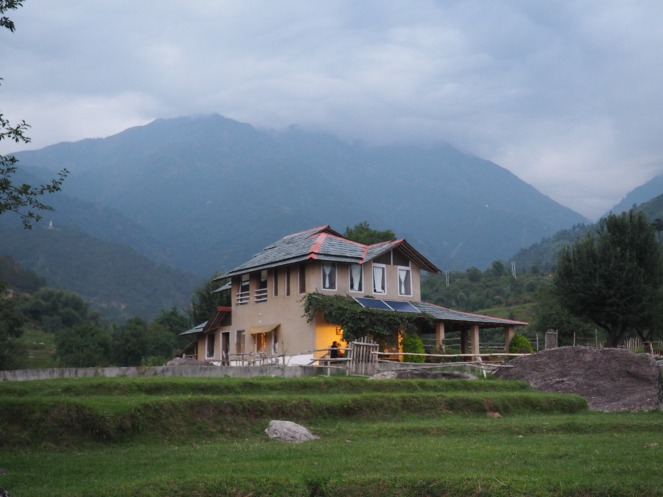

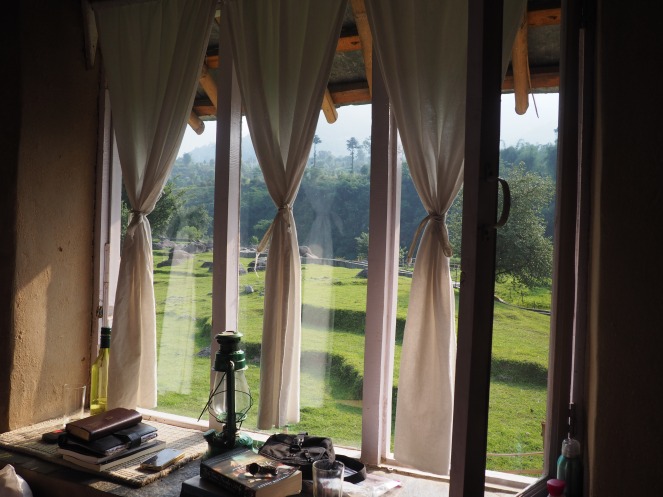

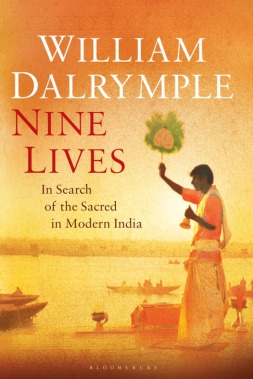 For the longest time I couldn’t understand people who read Non Fiction for fun. I couldn’t imagine getting lost for hours in anything that resembled real life too closely. But even then travel writing and history never classified as boring. How could they when they carried the potential of mystery, charm, and the idea that such fantastic magical things actually happened Once upon a time…!
For the longest time I couldn’t understand people who read Non Fiction for fun. I couldn’t imagine getting lost for hours in anything that resembled real life too closely. But even then travel writing and history never classified as boring. How could they when they carried the potential of mystery, charm, and the idea that such fantastic magical things actually happened Once upon a time…!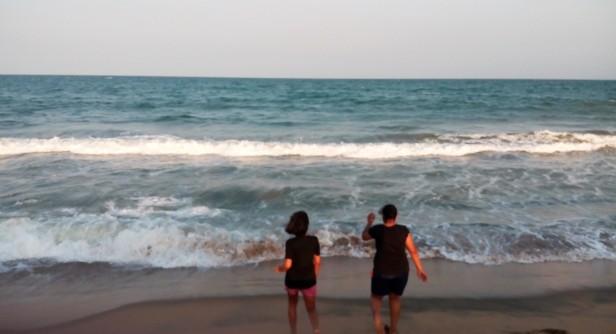
 My friend, Loretta, and I keep talking about how we should resurrect the weekly book discussions we’d begun in Pune. It’s not quite easy though with her being in Australia, me in India, the major time difference between us, and the fact that we both have so much to do anyway. The book we’d chosen to discuss for our last meeting (which never happened, sadly) was The Bell Jar by Sylvia Plath. I managed to complete this book in one sitting on a Friday when I was feeling too blah to care about my other responsibilities. I spent most of that day lying on the couch, lost in Sylvia Plath’s shockingly hilarious book.
My friend, Loretta, and I keep talking about how we should resurrect the weekly book discussions we’d begun in Pune. It’s not quite easy though with her being in Australia, me in India, the major time difference between us, and the fact that we both have so much to do anyway. The book we’d chosen to discuss for our last meeting (which never happened, sadly) was The Bell Jar by Sylvia Plath. I managed to complete this book in one sitting on a Friday when I was feeling too blah to care about my other responsibilities. I spent most of that day lying on the couch, lost in Sylvia Plath’s shockingly hilarious book.